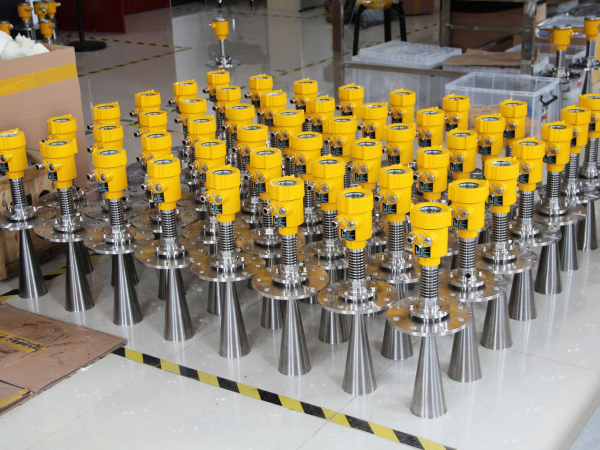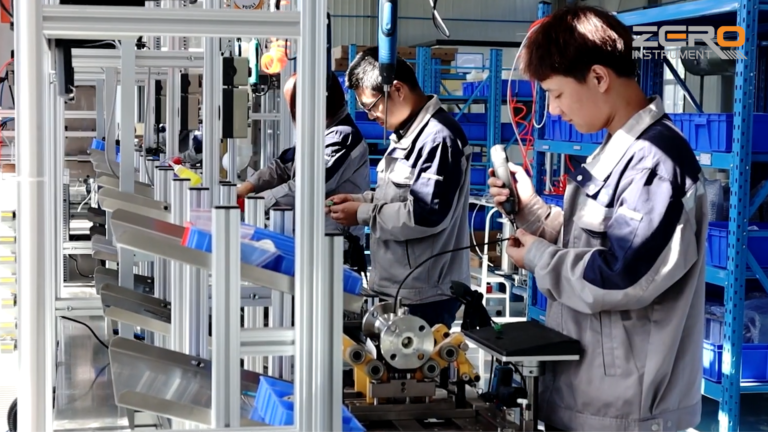In the complex process chain of steel production, the ironmaking stage is of critical importance. The intermediate ironmaking silo, as a key facility for storing raw materials, plays a crucial role in ensuring the continuity and stability of the entire production process through accurate monitoring of storage levels.
In recent years, radar level meters, with their non-contact measurement capabilities, have been widely adopted for level detection in intermediate ironmaking silos.
The characteristics of the materials inside the intermediate ironmaking silo, such as powder or granular forms, along with the high-temperature and high-humidity environmental conditions, place higher demands on level measurement technology.
Radar level meters not only need to have strong penetration capabilities to handle dusty environments but must also be able to operate stably in extreme temperatures to ensure the accuracy of measurement data. Radar level meters determine distance by emitting microwave signals and receiving the reflected signals.
The advantages of this technology lie in its high precision, stability, and strong adaptability to environmental changes. Particularly in the high-temperature, high-dust environment of ironmaking, radar level meters effectively overcome the drawbacks of traditional measurement equipment, which are more easily affected by physical conditions.

Taking the practical application of a steel company as an example, by installing high-frequency radar level meters, real-time monitoring of the material height inside the intermediate ironmaking silo was achieved.
The data shows that compared to traditional weight-based and ultrasonic measurement equipment, radar level meters have significantly improved measurement accuracy. Additionally, because they do not require direct contact with the measured material, equipment maintenance costs and downtime are greatly reduced.
Despite the positive results achieved with the application of radar level meters in intermediate ironmaking silos, there are still some challenges, such as electromagnetic interference and the impact of material adhesion on measurement accuracy.
To address these issues, improvements can be made by optimizing the installation location, adjusting measurement parameters, and performing regular cleaning and maintenance.

Radar level meters have demonstrated exceptional performance in measuring intermediate ironmaking silos, with precision and reliability meeting the high standards of ironmaking production.
As technology continues to advance and improve, radar level meters are expected to play an even more significant role in future ironmaking processes, contributing to the intelligent and refined management of the steel industry.
